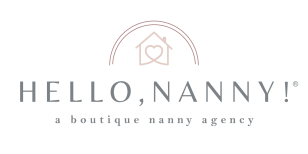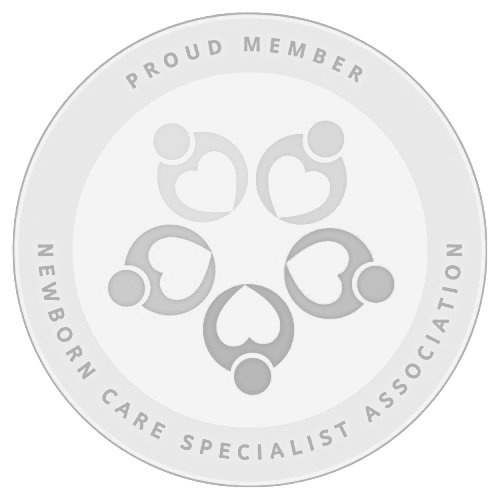The daily routine of a newborn largely consists of sleeping and feeding with little time in between for anything else. However, as your child grows a routine that includes play and connection time is essential in combination with feeding and sleeping.
“Eat-Play-Sleep” is one way of structuring your baby’s day. It involves feeding your baby and having active playtime followed by a period of sleep. This cycle would be loosely followed throughout the day.
What are the benefits of the “eat-play-sleep” routine?
1) It helps gently organize your baby’s naps and awake time.
Newborns will often experience day and night confusion, where they sleep long hours during the day and stay awake overnight. Having a routine during daytime hours can help them differentiate between day and night while establishing a regular sleep-wake pattern. This can help improve the quality and duration of your baby’s sleep.
Expose your baby to natural light and fresh air during their awake periods. Natural light plays a vital role in setting the rhythm of our internal body clocks.
General Guidelines for Awake Windows
0-12 weeks: 45-90 minutes
3-5 months: 1.5-2.5 hours
6-8 months: 2.5-3.5 hours
9-12 months: 3-3.75 hours
12-15 months: 3.5-4.5 hours
16-23 months: 4-5.5 hours
24 months + : ~ 6 hours (before bed)
2) Helps you understand your baby’s cues.
Sometimes cues for hunger and tiredness can resemble each other. By following this routine you will be able to quickly spot and differentiate these cues. Upon waking, you will likely notice hunger cues. By feeding just after baby wakes, they are less likely to be hungry through their wake window. As the wake window closes, you will more commonly notice tired cues.
Example Early Hunger Cues:
- Open mouth
- Rooting
- Turning head
- Smacking lips
- Sucking noises
- Hand to mouth
- Fussy
Example Early Sleep Cues:
- 7-mile stare
- Turning head
- Reddish hue around eyes or eyebrows
- Sucking on fingers
- Heavy eyelids
3) Helps ensure a full and effective feed.
Babies are most alert and able to feed effectively immediately after waking. A full feed after waking up will result in a baby being less likely to snack around the clock. Regardless of whether you are nursing, formula feeding, or a combination, full feeds ensure your baby is happy and satisfied. Added bonus, it allows some time for your baby to digest before going back to sleep. Also note, you can feed at any point in the awake window. If your baby is hungry, feed them again. Try and keep your baby awake if you are working to encourage full feeds.
TIP: Try skin-to-skin feeding with lots of eye contact and interaction. These interactions can strengthen the bond between you and your child.
4) Playtime between the feed and sleep allows your child to build up sleep pressure (the need for sleep) before their next sleep period.
Use this time for independent play and to interact with your baby, sing songs, read stories and laugh. These interactions will promote positive social development.
5) Reduces the feed-to-sleep association (if desired!) and encourages a healthy sleep foundation.
This simply means that your baby is using feeding as a mechanism to help them fall asleep- completely natural and normal. However, if this association is no longer working for your family, moving the feed earlier in the wake window can help reduce this association.
Remember: If your child is feeding to sleep and it works for you, you can offer a feed immediately after they wake to ensure they get a full feed then simply tack on another one when it is time for sleep.
Keep in mind…
Babies and children thrive on structure, routines, and predictability. It helps them feel safe, secure, and in control of their environment. This routine can be as flexible as you’d like, it is not meant to be rigid. It can take some time to really establish a routine that works for you and your family but I promise it is worth the effort.
Should your family be struggling to find a daily rhythm that feels right and works with your needs, book a free sleep evaluation with Plume Sleep so you can discuss how to set up for success.
To learn more about newborn sleep, be sure to check out Plume’s newborn masterclass which will take you through everything you need to know to start building a healthy sleep foundation from day 1.
Rosalie Kassen – Founder of Plume Sleep Solutions, Registered Nurse, and Paediatric Sleep Consultant. I work with families all over the world to bring healthy sleep habits and rest back into their homes. Stop simply surviving the parenthood journey and start thriving!
Hello, Nanny! can help identify the right resources.
For someone trying to figure out the best sleep resources, it can be overwhelming.
Working with a nanny placement agency can help avoid stress and overwhelm. We listen to your desires and needs and help you come up with a plan. We use our experience in the industry to assist you in finding the best resources for your family. We have pre-vetted career nannies ready to help establish a routine that works for you and your family.
We’d love to help your family find the perfect match as we’ve done with hundreds of other families. Contact us or start the process of finding your nanny here!









